
My PhD thesis is focused on ”The evolutionary history of Lepidoptera”. I
work at Lund University, under the supervision of Prof. Dr. Niklas Wahlberg on developing a robust phylogeny of all Lepidoptera including rare lineages and specially focusing on presenting a timeframe for the evolutionary processes which shaped the actual phylogenetic relationships among this interesting group.
I am a world citizen who was born in Iran and travelled around some years
ending up in Spain, where I studied to obtain my BSc and MSc both from the Complutense University of Madrid. I started to get in touch with research early by collaborating with the Biochemistry and Molecular Biology department on different lines but mainly working on Marine fish genetics and phylogeny. I started to collaborate with the National Museum of Natural Sciences in Madrid to work on my BSc thesis which was focused on the population genetics of an endangered Spanish killifish, Aphanius iberus, studying different wild and captive populations. I continued to collaborate in the museum working on freshwater fishes of my homeland, Iran, where I organized many expeditions to study and sample the fauna there. For my MSc I studied a cyprinid genus from Middle East, Capoeta, working on the phylogenetic and phylogeography of the genus mainly in Iran. Working in the museum permitted me to learn from other research lines and get experience from a wide range of different approaches to study evolutionary processes in different organisms. My academic interests involve evolutionary questions in different branches as Entomology, Ichthyology, Anthropology and ……
Apart from academic world, I am also a photographer and a traveller, who is interested in Philosophy, languages and different cultures and societies. I
speak Persian, French, Spanish and English, and want to learn much more, maybe starting with Swedish and/or Japanese! Reading a good book, fishing, going into nature, sailing, some bungee jumping, diving and surfing are among things I really hate! (I am addicted to sarcasm).
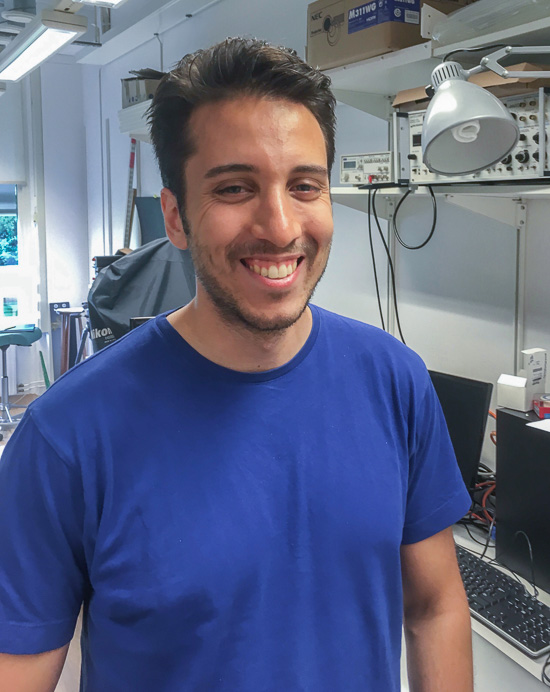

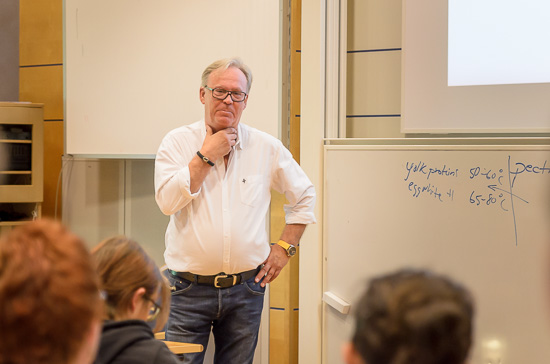

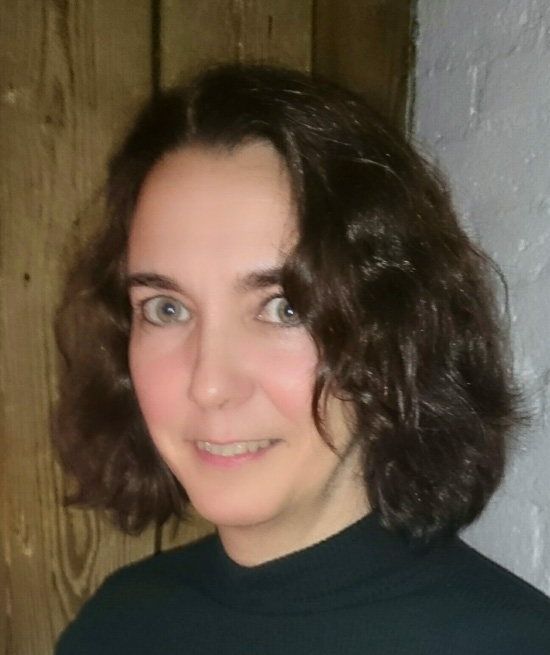

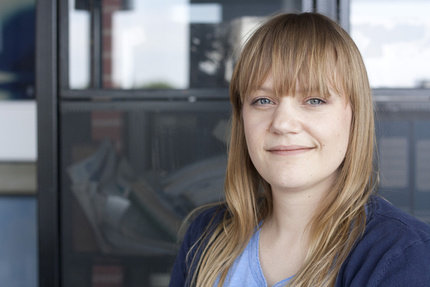

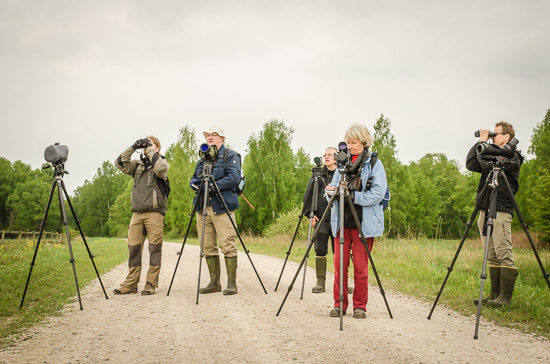
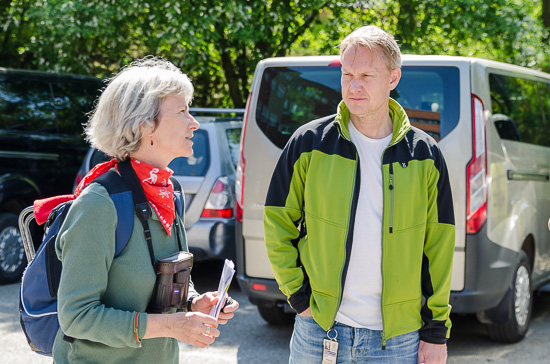
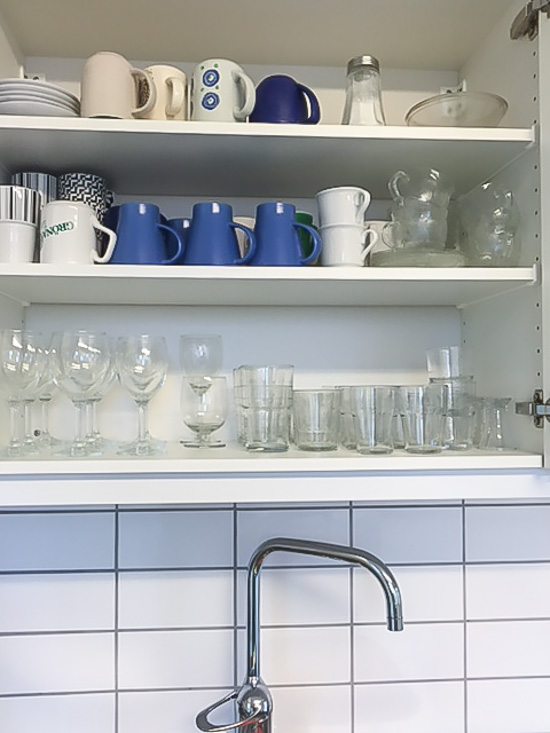
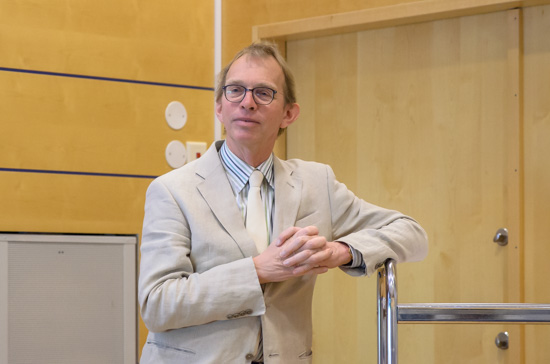
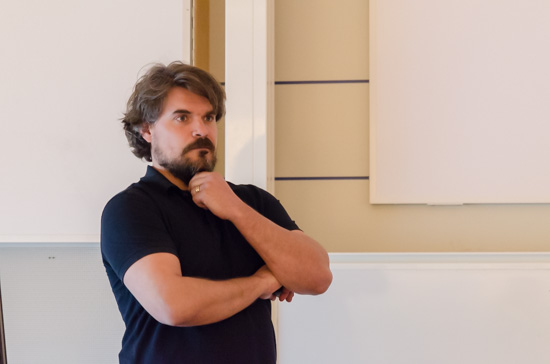
Kommentarer